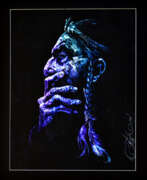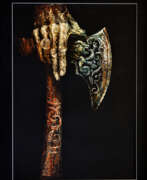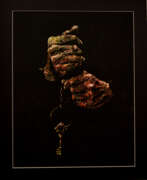Grattage

Grattage
Grattage is a fascinating art technique developed by the renowned Spanish surrealist painter, Joan Miró. Known for its innovative approach, grattage involves scraping layers of paint from a canvas to reveal the textures underneath, often creating unexpected and striking patterns. This technique reflects the surrealist emphasis on spontaneity and the unconscious mind.
Grattage stands out for its ability to produce a variety of textures and patterns, giving each artwork a unique and organic quality. Artists using this technique often layer different colors of paint and then scrape away parts to create intricate designs. This method allows for a high degree of creativity and improvisation, making each piece a one-of-a-kind masterpiece.
One of the most famous practitioners of grattage, Max Ernst, used this technique to create some of his most iconic works, many of which are displayed in prestigious museums and galleries around the world. Ernst's innovative use of grattage helped to cement the technique's place in the history of surrealist art, inspiring countless artists to explore its potential.
For collectors and experts in art and antiques, grattage offers a glimpse into the experimental spirit of surrealism. Stay updated on new works and auction events related to grattage by signing up for our newsletter, and never miss an opportunity to add a unique piece to your collection.
| Country: | Europe, France, Germany, Spain |
|---|---|
| Start of the period: | 1927 |







